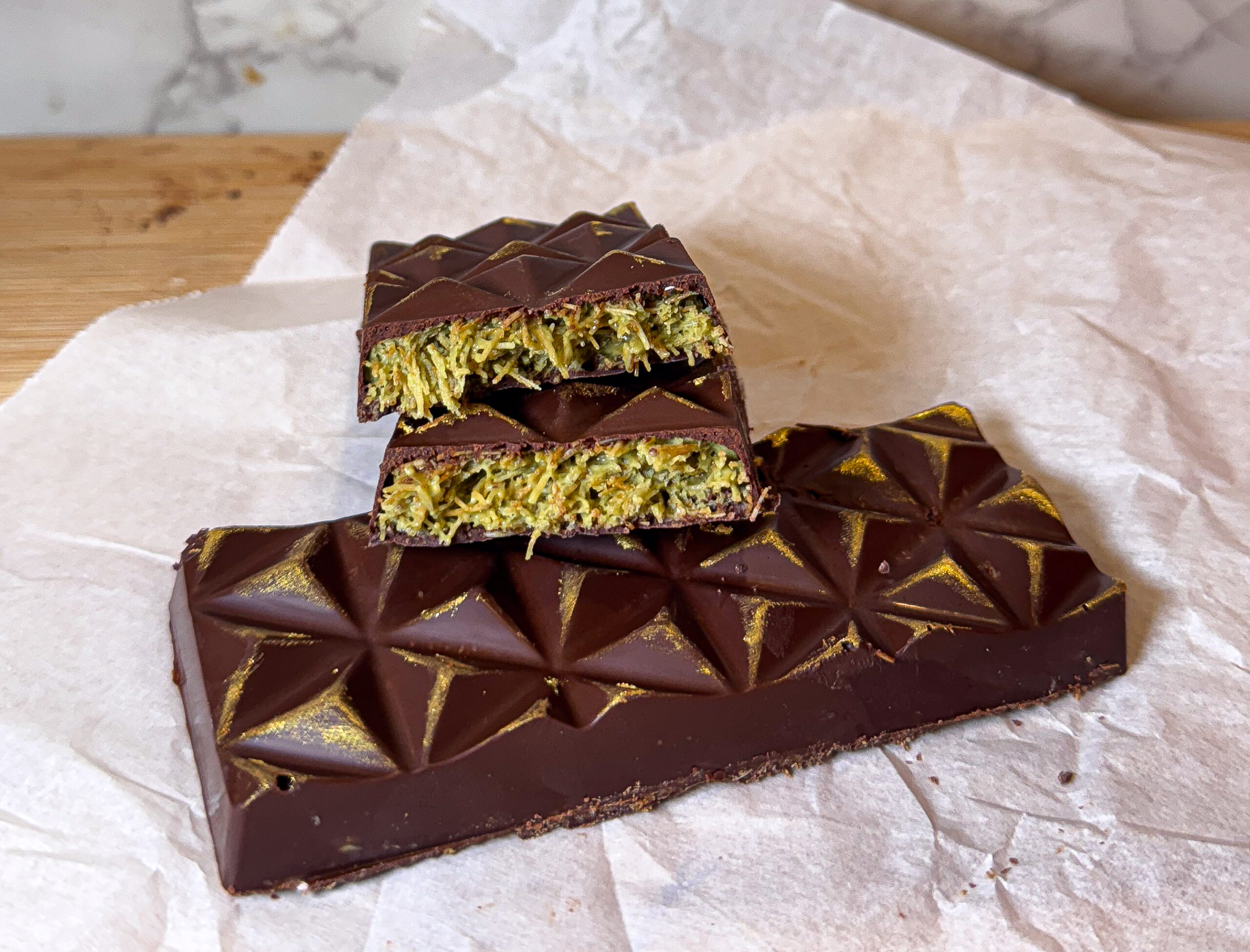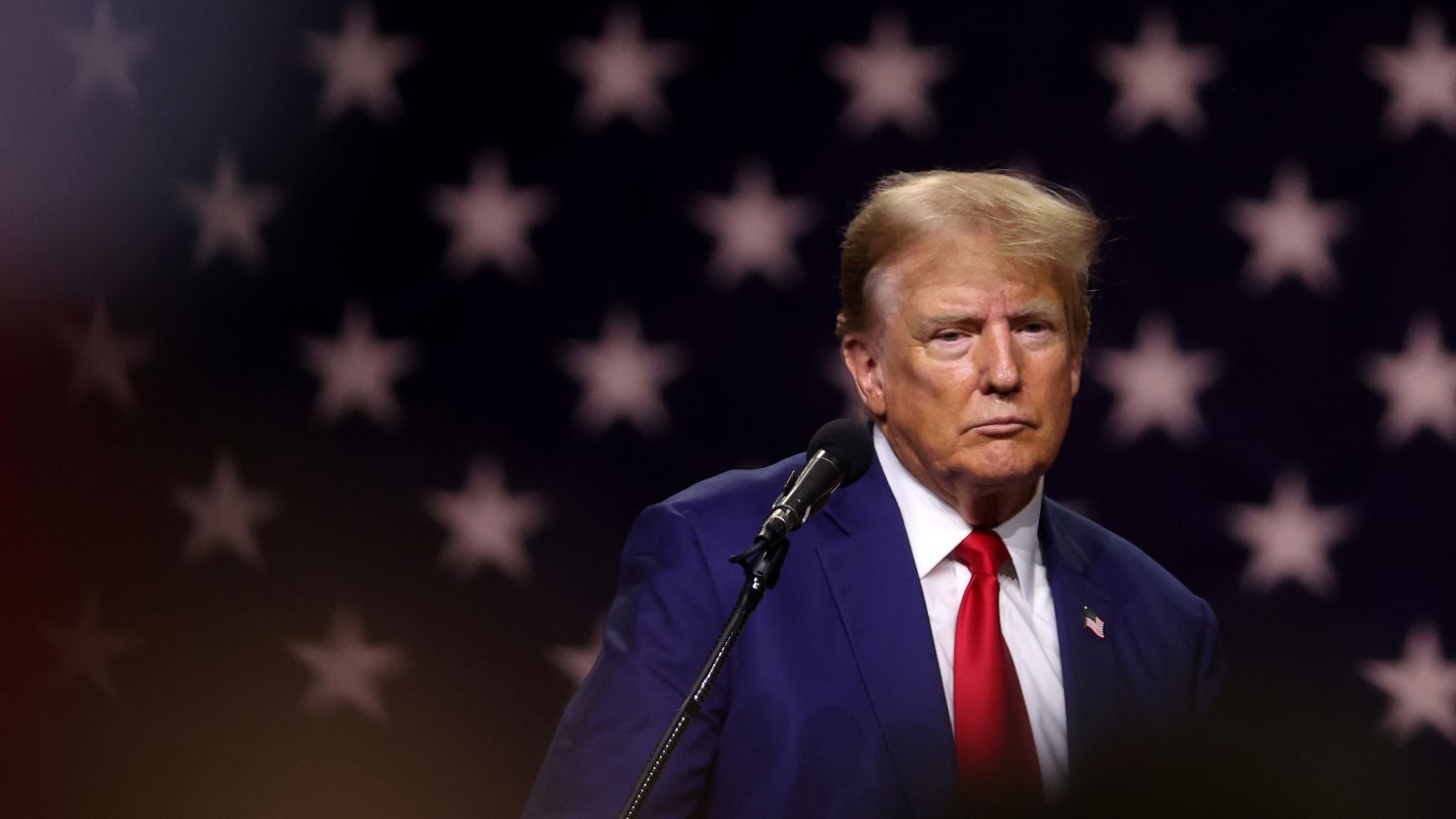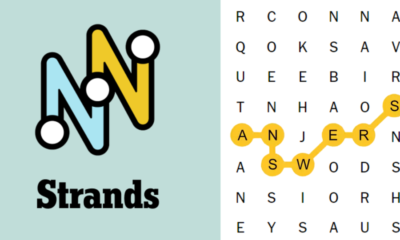Business
Dubai Chocolate: A Luxurious Taste Adventure

Dubai, a city synonymous with luxury and opulence, has been steadily rising as a global hotspot for culinary excellence. One such standout delicacy capturing hearts globally is Dubai chocolate. Known for its exceptional quality, artistic presentations, and unique Middle Eastern influences, chocolate from Dubai is now considered a premier confectionery experience. This article explores why Dubai chocolate has gained international acclaim and highlights the must-visit chocolatiers and experiences that every chocolate enthusiast should indulge in.
The Allure of Dubai Chocolate
Dubai’s culinary landscape is a mosaic of rich traditions, innovative flavors, and impeccable craftsmanship. Dubai chocolate epitomizes this blend, fusing traditional Middle Eastern ingredients like dates, saffron, and pistachios with luxurious European chocolate techniques. The city’s confectioners are not just creating chocolate—they are crafting edible art.
Fusion of Flavors
One of the unique aspects of Dubai chocolate is its daring fusion of flavors. Chocolatiers in Dubai often experiment by combining classic European chocolate with spices, nuts, and fruits native to the Middle East. Popular pairings include rich dark chocolate with saffron-infused fillings, milk chocolate with date caramel, and white chocolate adorned with rose petals. These creative blends make Dubai chocolate a distinctive treat, delighting even the most discerning palate.
Elegant Presentation
In Dubai, chocolates aren’t merely sweet treats—they’re luxurious gifts. Chocolates here are presented exquisitely, often adorned with gold leaf or elegantly packaged in handcrafted boxes. Many shops in Dubai offer customization services, creating personalized chocolates that serve as unforgettable souvenirs or luxurious gifts.
Top Dubai Chocolate Destinations
For anyone exploring the vibrant food scene in Dubai, these establishments are essential stops for tasting some of the finest chocolates.
Mirzam Chocolate Makers
Mirzam Chocolate Makers, located in the artistic district of Alserkal Avenue, offers a captivating bean-to-bar chocolate experience. Known for its single-origin bars and intriguing Middle Eastern spice combinations, Mirzam provides an immersive journey into the chocolate-making process, from bean selection to the beautifully packaged bars.
Patchi
Originally Lebanese, Patchi has firmly established itself as one of Dubai’s premier chocolate boutiques. Renowned for its sophisticated packaging and premium ingredients, Patchi offers chocolates perfect for gifting during special occasions like Eid, weddings, and corporate events. Their unique assortments and elegant presentations exemplify luxury.
Al Nassma Chocolate
Al Nassma Chocolate is distinctive as the first and finest camel milk chocolate producer globally. Located in Dubai, Al Nassma presents an unusual yet delicious twist on traditional chocolate. Camel milk chocolate is noted for its smooth texture, unique flavor, and numerous health benefits, making it a must-try delicacy in Dubai.
Forrey & Galland
Forrey & Galland combines classic French chocolate-making methods with Middle Eastern inspirations. Known for their luxurious presentations and impeccable craftsmanship, this boutique chocolatier offers chocolates flavored with rose, saffron, and dates, perfectly encapsulating Dubai’s multicultural palate.
Dubai Chocolate Experiences Worth Exploring
Beyond just tasting chocolate, Dubai provides numerous immersive chocolate experiences that deepen one’s appreciation of this beloved treat.
Chocolate Tasting Tours
Several chocolate tasting tours are available in Dubai, taking participants through various renowned chocolatiers and providing insightful lessons on chocolate history, production, and tasting etiquette. These tours are perfect for both enthusiasts and connoisseurs looking to enhance their knowledge and palate.
Chocolate Workshops
Dubai is home to several chocolate workshops and masterclasses, offering hands-on experiences for enthusiasts eager to create their own artisanal chocolates. Popular workshops at establishments like Mirzam and Forrey & Galland provide expert guidance, allowing participants to explore the intricacies of chocolate crafting.
Chocolate Spa Treatments
For those seeking a luxurious, chocolate-infused relaxation experience, Dubai offers numerous spa treatments featuring chocolate. Rich in antioxidants, chocolate is a popular ingredient in spa treatments designed to rejuvenate and nourish the skin, providing both sensory pleasure and skincare benefits.
Gifting Dubai Chocolate
When it comes to gifting, Dubai chocolate makes for an ideal choice. Exquisite packaging, elegant customization, and premium quality chocolates ensure your gift is memorable. Chocolates from establishments like Patchi or Al Nassma can be beautifully personalized and are commonly gifted at events like weddings, anniversaries, corporate gatherings, and festivals.
The Future of Dubai Chocolate
Dubai’s position as a hub for luxury and innovation indicates a promising future for its chocolate industry. Continued experimentation with flavors, increased focus on sustainable practices, and growing global recognition are anticipated trends. Dubai chocolate is poised not only to delight taste buds but also to set international benchmarks in quality and creativity.
Conclusion
Dubai chocolate represents more than just indulgent sweetness; it symbolizes Dubai’s essence—a city of innovation, luxury, and cultural fusion. Exploring Dubai through its chocolates is a sensory adventure filled with surprising flavors, artful presentations, and memorable experiences. Whether you’re a visitor eager to sample unique treats or a local looking to rediscover your city’s culinary gems, the world of Dubai chocolate promises an enriching, delicious, and luxurious journey. Indulge in this delightful experience, and savor a taste of Dubai’s extravagant culinary heritage.
Business
Housing Market Crash Risks, Causes, and Recovery Guide

Understanding the Housing Market and Its Uncertain Future
The housing market has always been a cornerstone of economic stability, individual wealth, and social progress. For many, owning a home represents security and prosperity. Yet, throughout history, shifts in supply, demand, interest rates, and global economic conditions have caused the market to fluctuate dramatically. Among these fluctuations, few scenarios spark as much concern as a housing market crash.
In this article, we will explore the dynamics of housing markets, the potential signs of a downturn, the causes behind such collapses, and how individuals and policymakers can prepare for them.
The Housing Market as an Economic Engine
Real estate contributes significantly to national economies, not only through direct home sales but also via construction, finance, insurance, and retail sectors. When the housing market thrives, job creation accelerates, consumer confidence grows, and household wealth increases. However, when it weakens, the ripple effects can destabilize entire economies.
A strong housing sector usually reflects healthy lending practices, affordable interest rates, and balanced supply. But when affordability diminishes or speculative investments take over, vulnerabilities begin to form.
Historical Lessons from Past Collapses
The Great Depression and Housing Decline
During the 1930s, widespread unemployment and economic despair caused a sharp decline in property values. Millions of families lost their homes to foreclosure, leaving behind deep scars in both urban and rural areas.
The 2008 Global Financial Crisis
The most notable modern example is the 2008 collapse, fueled by subprime mortgages and reckless lending. Banks issued loans to borrowers with poor credit histories, while investors bundled these risky loans into securities. When defaults surged, the financial system nearly collapsed, and housing prices plunged.
The aftermath was devastating: millions lost their homes, financial institutions failed, and governments spent trillions stabilizing economies. The lessons from this crisis continue to shape lending standards and regulatory frameworks today.
Signs That a Market May Be Overheated
Understanding the warning signs is essential for anticipating risks. Several indicators often precede housing downturns:
Rapid Price Growth
When home prices increase far beyond wage growth, affordability deteriorates. This misalignment often results in fewer qualified buyers and increased pressure on sellers.
Excessive Speculation
When real estate is treated primarily as a short-term investment rather than a long-term asset, speculative bubbles can emerge. Investors flipping homes for profit can inflate demand artificially.
Rising Household Debt
If consumers take on excessive debt relative to their incomes, they become vulnerable to even slight changes in interest rates or employment conditions.
Overbuilding
When construction outpaces population growth or demand, oversupply can drag prices down. Vacant developments become reminders of miscalculated optimism.
Causes Behind a Housing Market Crash
A housing market crash does not emerge from a single factor; it’s often the result of multiple issues compounding over time. Some of the leading causes include:
-
High Interest Rates: Rising rates increase borrowing costs, making mortgages less affordable and reducing buyer demand.
-
Economic Recession: Job losses and reduced incomes force families to delay purchases or default on existing loans.
-
Lax Lending Standards: Easy credit may temporarily boost sales, but defaults later surge when borrowers cannot sustain payments.
-
Global Financial Instability: Crises in other markets—such as stock crashes or currency fluctuations—often spill into real estate.
-
Government Policy Shifts: Sudden tax changes, rent controls, or zoning regulations can influence investor and buyer confidence.
The Role of Government and Central Banks
When warning signs emerge, policymakers often step in to prevent collapse. Central banks may adjust interest rates to control borrowing costs. Governments can introduce subsidies, first-time buyer programs, or tax breaks to stimulate demand. Additionally, regulations on mortgage lending aim to ensure that only creditworthy borrowers receive loans.
However, if interventions are poorly timed or miscalculated, they can exacerbate problems rather than solve them. For example, keeping interest rates too low for too long can encourage reckless borrowing and speculation.
Impact on Homeowners and Buyers
Homeowners
A crash can strip away equity, leaving many with mortgages higher than the value of their homes—a situation known as being “underwater.” This can lead to foreclosures, damaged credit, and financial instability.
Buyers
For potential buyers, a downturn can present both challenges and opportunities. While prices fall, lending conditions often tighten, making it harder to secure financing. Yet, for those with stable incomes and strong credit, the period following a crash can be one of the best times to purchase a home.
Renters
Rental markets often shift as well. If homeownership declines, rental demand can rise, driving up rental costs in certain areas.
Strategies to Safeguard Against Risk
For Homeowners
-
Build emergency savings to cover mortgage payments during income disruptions.
-
Avoid borrowing against home equity unless absolutely necessary.
-
Lock in fixed-rate mortgages to shield against rising interest rates.
For Buyers
-
Ensure stable employment and manageable debt before purchasing.
-
Consider smaller, affordable properties rather than stretching budgets.
-
Avoid speculative investments and focus on long-term stability.
For Investors
-
Diversify real estate holdings across regions and property types.
-
Prioritize rental properties in areas with steady demand rather than speculative growth zones.
-
Maintain liquidity to weather downturns.
Could Another Housing Market Crash Happen Soon?
Experts remain divided. Some argue that stricter lending regulations and lessons from 2008 make a repeat unlikely in the near future. Others warn that soaring property prices in many regions, combined with rising interest rates, mirror patterns from past collapses.
While predicting exact timing is nearly impossible, understanding vulnerabilities can help individuals make informed decisions. The balance between affordability, credit availability, and economic stability will determine whether markets cool gradually or fall abruptly.
Recovery After a Market Collapse
Although painful, downturns are not permanent. Housing markets typically recover once economic conditions stabilize. Recovery involves:
-
Restoring consumer confidence in homeownership.
-
Adjusting interest rates to encourage borrowing.
-
Attracting investors back into the real estate sector.
-
Rebalancing supply and demand as overbuilt properties are absorbed.
Historically, most crashes have taken years, not months, to recover from. For instance, after the 2008 collapse, U.S. housing markets required nearly a decade to regain pre-crisis values in many regions.
Housing Market Crash: Preparing for the Future
The possibility of a housing market crash should not lead to panic but to preparation. By recognizing warning signs, practicing responsible financial management, and advocating for smart policies, individuals and communities can minimize the damage when downturns occur.
Economic cycles are inevitable, but resilience lies in adaptability. For homeowners, buyers, and investors alike, understanding market dynamics is the most powerful tool to navigate uncertainty.
Conclusion
Housing markets remain essential to personal wealth and national economies, but they are not immune to volatility. While a housing market crash can devastate families, communities, and financial systems, history shows that recovery always follows. By learning from past mistakes, monitoring warning signs, and adopting cautious strategies, individuals can protect themselves from potential losses while positioning for long-term growth.
The future may be uncertain, but preparedness transforms risk into opportunity.
Business
DJT Stock Truth Social Parent’s Crypto Pivot & Volatility

DJT Stock Truth Social Owner’s Meme Stock Turns Crypto Bet
DJT is the ticker symbol for Trump Media & Technology Group Corp., the parent company behind Truth Social. This uniquely volatile stock has drawn heavy retail demand, meme‑stock status, and a recent shift toward crypto investments. In this article, we’ll unpack its background, financials, investor psychology, and risk dynamics around DJT stock.
The Emergence of DJT: SPAC Launch & Meme Stock Rise
From SPAC DWAC to DJT Listing
Trump Media went public via a merger with Digital World Acquisition Corp (DWAC), a SPAC that completed the deal in March 2024. On March 26, trading commenced under the ticker DJT, selected for Donald John Trump’s initials—fueling immediate retail and media attention Nasdaq+15Wikipedia+15New York Post+15.
Shares surged over 50% on debut day, briefly valuing the company near $8 billion. That rally reflected strong sentiment from Trump’s follower base more than financial fundamentals—Truth Social had generated minimal revenue and sustained major losses ($10.6 million in 2023) New York Post.
It quickly joined the ranks of meme stocks—valued heavily on narrative and speculation, rather than solid business metrics Robinhood+11Axios+11Wikipedia+11.
DJT Stock Stock Dynamics: Fundamentals vs. Speculation
Weak Financials, Large Losses
As of Q1 2025, Trump Media reported nearly $32 million in losses with under $1 million in quarterly revenue. Credibility concerns persisted—Truth Social’s revenue remains negligible despite stock valuation exceeding $5 billion MarketWatch+1Wikipedia+1.
The company’s losses have risen since listing. Public filings show cumulative net losses exceeding $58 million in 2023, despite tiny advertising income earlier in the year WikipediaWikipedia.
Meme Stock Behavior & Retail Momentum
The DJT ticker, direct Trump association, and enthusiastic retail base have fueled trading surges. Fans often see it as voting with their wallets—betting on Trump’s political return or influence, not company fundamentals Investors.com+3Axios+3New York Post+3.
Volatility abounds. In late 2024, shares dropped from nearly $80 to under $17 before rebounding. Small investors attempting day trades have reported rapid profits—but also rapid losses depending on timing Wall Street JournalCBS News.
Recent Developments: Crypto Treasury Plan and Investor Reactions
Bitcoin Treasury Move Triggers Dilution
In May 2025, DJT announced its plan to issue $1.5 billion in common stock and $1 billion in convertible shares—using proceeds to build a bitcoin treasury—mirroring MicroStrategy’s strategy. Bitcoin holdings were confirmed to total about $2 billion, comprising nearly two-thirds of its liquid assets MarketWatch+1MarketWatch+1.
Though pre-market trading reflected optimism, shares fell nearly 7% after dilution concerns surfaced. Critics questioned the rationale—arguing investors could gain exposure more efficiently via ETFs rather than equity dilution in a cash-burning media company MarketWatch.
Mixed Signals From Investors & Analysts
Some saw the bitcoin move as strategic amid limited core value. Others cautioned that diluting shareholder equity while chasing volatile crypto risk may undermine trust. That dynamic further entrenched DJT stock as a speculative proxy rather than a long-term investment MarketWatchMarketWatch.
Institutional vs Retail Perspectives
Institutional Skepticism
While retail traders remain energised, institutions remain cautious. Analysts point to a lack of revenue diversification, minimal unit economics in Truth Social, and executive share lockup constraints. Only a handful rate DJT as a speculative buy Investors.comBarron’s.
Retail Enthusiasm Still Drives Price Action
DJT continues to receive attention from Trump’s supporter base and retail speculators. Social media momentum and populist sentiment maintain directional flows regardless of financial performance. The DJT ticker itself remains a psychological anchor in investor mindset New York PostAxios.

Risikoanalyse & Investment Considerations
Dilution, Leverage, and Crypto Exposure
The aggressive share sale significantly dilutes existing holders. The convertible stock price includes a 35% premium—adding complexity to shareholder returns. Combined with heavy bitcoin allocation, volatility could be amplified if crypto enters a decline phase MarketWatch.
Regulatory, Legal & Political Risk
DJT’s leadership and platform are deeply tied to politics. Legal investigations, regulatory changes, and election results could materially impact valuation and investor sentiment. The company’s structure—including SPAC origins—is already under historical scrutiny from regulators Wikipedia.
No Clear Path to Profitability
Despite market valuation in the billions, the company shows no clear monetization runway. Truth Social remains loss‑generating and small. Without diversification or revenue growth beyond niche advertising or subscriptions, future earnings remain speculative WikipediaWikipedia.
Future Outlook & Catalysts
User Growth and Platform Expansion
If Truth Social can scale user engagement, introduce subscription tiers, or unlock advertising or media revenue streams, DJT could develop financial merit. But success in social media requires scale, innovation, and trust—none yet proven WikipediaWikipedia.
Bitcoin Market Momentum
Bullish bitcoin sentiment could boost DJT, given management’s strategy to hold large crypto reserves. If BTC rallies beyond prior highs, the market may assign a premium to DJT’s holdings—though conversion risk and volatility remain concerns MarketWatch.
Political Headlines & Media Cycles
Trump’s political moves, media coverage, DJT or regulatory developments will likely impact DJT’s price movements. Retail sentiment often fluctuates with headline cycles. Legislative or legal wins or losses could move the stock dramatically.
DJT: An Unconventional Stock at the Crossroads of Politics, Crypto & Speculation
DJT stock remains a polarizing symbol—a meme-stock driven by sentiment and identity, not traditional investing. Its future depends on platform monetization, crypto dynamics, and political headlines. Investors must carefully weigh narrative vs fundamentals.
Conclusion: Is DJT a Bet or a Business?
In 2025, DJT stock is a high-risk, high-hype asset. Its valuation reflects Trump’s popularity more than Truth Social’s financial viability. The bitcoin treasury plan added complexity—but no guarantee of sustainable returns.
For speculative traders, DJT offers excitement and commentary-driven price swings. For those seeking solid business fundamentals and profit growth, the story remains unproven.
As the company evolves—or fails to deliver monetization—the narrative may pivot. Until then, DJT remains more a symbol than a stock: volatile, politically charged, and unpredictable. The question for investors: is it a rally to ride or a cautionary tale in inflated expectations?
Business
Rahki Giovanni Net Worth: Income, Fitness, and Success
-

 Nature4 months ago
Nature4 months agoFascinating World of Facts: A Journey Through Datos Curiosos
-

 Lifestyle5 months ago
Lifestyle5 months agoHow to Make Slime: The Ultimate DIY Guide for Kids and Adults
-

 Entertainment5 months ago
Entertainment5 months agoUnderstanding Basketball Zero Codes: A Complete Guide
-

 Entertainment5 months ago
Entertainment5 months agoStrands NYT: Unraveling the Digital Threads of a New Online Trend
-

 Business3 months ago
Business3 months agoWho Is Alex Karp Wife? Private Life of Palantir CEO
-

 Celebrity4 months ago
Celebrity4 months agoWho Is Drew Pritchard New Wife? Inside the Antique Star’s Private Love Life
-

 Business3 months ago
Business3 months agoRahki Giovanni Net Worth: Income, Fitness, and Success
-

 Celebrity3 months ago
Celebrity3 months agoMelanie Zanona Salary, Career Growth & Net Worth Revealed






